IN 1988, Hartenberg’s Ken MacKenzie hosted a tasting of shiraz from around the world as a benchmarking exercise for the wine-writing and wine-judging fraternity.
Prescient in this (as in most things) he recognised that his property could be a source of great shiraz. Since the variety was largely unknown outside the local Australian market (and enjoyed only a tiny global following among a small group of aficionados buying wines from the Northern Rhone in France), the event and its objectives was years ahead of its time. After all, in those days, shiraz accounted for less than 1% of all South African vineyards.
Much has changed since then: the Australian invasion of the European markets created the illusion that shiraz was "the next big thing". Huge swathes of the south of France were taken over by it. In the Cape, shiraz plantings increased tenfold in as many years, the US embraced it with Texan enthusiasm, Chile and Argentina followed suit.
Since then, however, the wheel has turned, the pendulum has over swung and the growers have panicked. Just because the vine flourishes pretty much everywhere, there’s no guarantee that its fruit will yield decent wine. This discovery has left many people who ought to have known better in a state of shock.
However, the good growing locations across the world are well-known, and once the distraction of poorly sited shiraz becomes history, it will be possible to focus on the best wines, from the best growers. With this in mind, James Browne (Ken’s son-in-law) and Carl Schultz, the estate’s wine maker for the past two decades, hosted something of a rerun of the 1988 tasting.
It was a largely international line-up, with all the wines selected from the 2005 vintage: at 10 years old, it was a safe assumption that they had shed the callowness of youth and that they were still some way from their dotage.
I don’t think anyone could argue that it was a set-up to show the Cape’s offering in a particularly favourable light: when you have wines from Rene Rostaing, Chave, Graillot, and Guigal in the French team and Torbreck and Wendouree batting for the Aussies, you know this isn’t a match for the village green.
There weren’t any bad wines (as indeed there shouldn’t have been). I gave the same scores to the Hartenberg Gravel Hill as I allocated to the Rostaing La Landonne, while the Estate’s "The Stork" came in ahead of the Chave. My three highest-scoring wines may have been French, but they squeaked in by no more than a point or two.
This is but one of countless examples of the transformation that has reshaped the quality end of the Cape wine industry. It is, however, not the only sign of the changes that have taken place since the millennium. In less than three years, the Cape Wine industry’s Afro-Asia Auction has become the largest philanthropic event in SA. It supports 13,000 beneficiaries through 19 winelands’ organisations, ensuring there is funding for programmes supporting numeracy, literacy and for special-needs training.
The brainchild of Warwick’s Mike Ratcliffe, it is based loosely on the Napa auction.
It’s something of an itinerant event, having started life at Delaire-Graff before moving on to Boschendal and decamping at Klein Constantia this year. It provides an array of great wines, but also a host of wine-related trophy purchases (visits to some of the least accessible cellars in the world, meals and master classes presented by top chefs and wine-wise personalities.)
It’s not cheap to attend, and if the gavel comes down on your bid, don’t expect you’ll be able to explain it away as a bargain. But for those who want to give back, it’s got to be the most fun you can have at the same time as you ransom your soul from purgatory.
• For more info and the online catalogue go to thecapewineauction.com
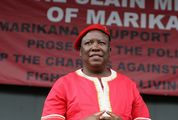
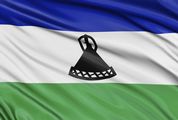







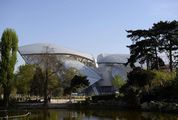
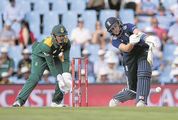


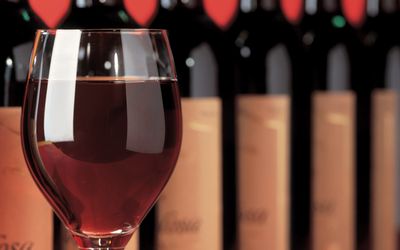




Change: 2.48%
Change: 2.53%
Change: 2.08%
Change: 1.97%
Change: 5.33%
Data supplied by Profile Data
Change: 0.00%
Change: 0.00%
Change: 2.48%
Change: 0.00%
Change: 0.00%
Data supplied by Profile Data
Change: 0.44%
Change: 0.11%
Change: -0.76%
Change: -0.92%
Change: -0.23%
Data supplied by Profile Data
Change: 0.00%
Change: 0.00%
Change: 0.00%
Change: 0.00%
Change: 0.00%
Data supplied by Profile Data